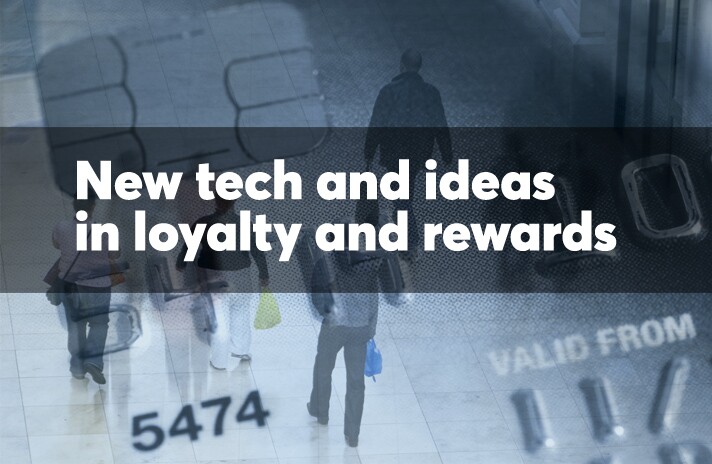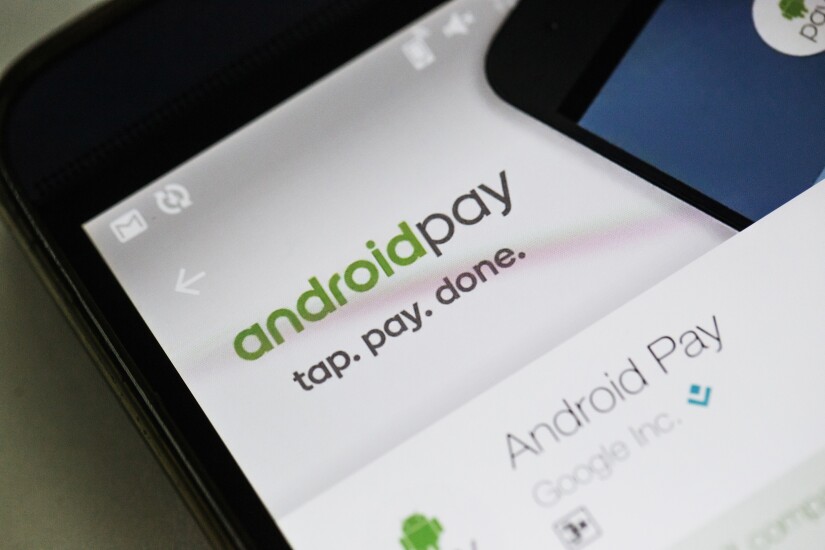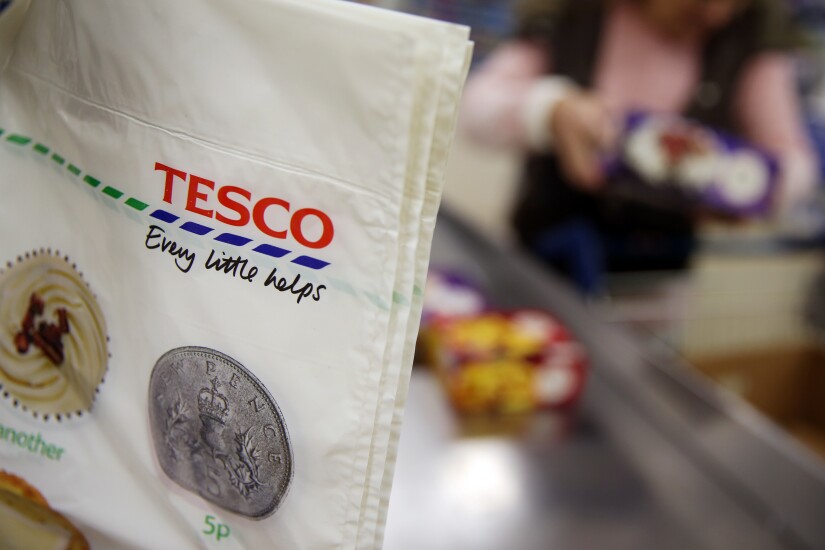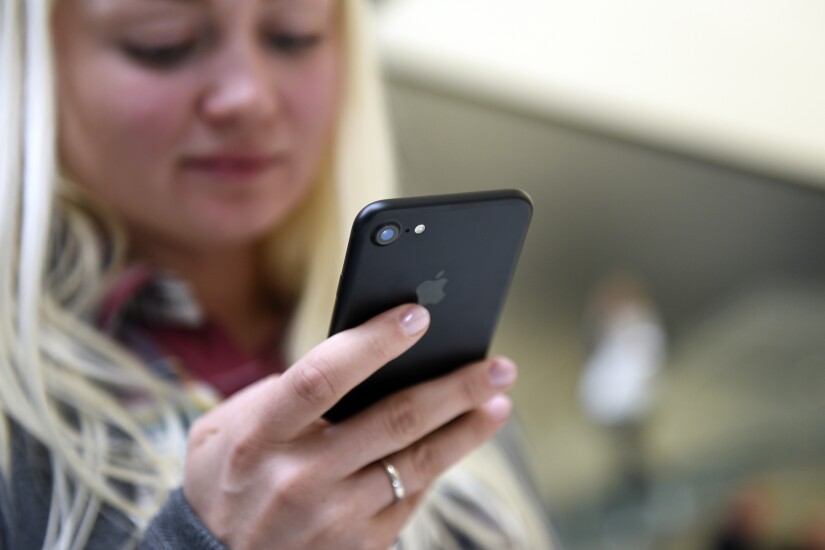

Amazon Prime Reload
However, a deeper dive into the workings of the program — which offers 2% cash back when shoppers use a debit card or bank account to load an Amazon stored-value account — should give the card payments industry serious cause for concern.
The banks and card networks fought relentlessly with PayPal over the years against its use of a similar practice of using linked bank accounts to cut its own payment costs. Visa and its peers finally
If Amazon succeeds in convincing shoppers to use their Amazon Balance instead of a payment card, issuer revenues from Amazon will dip dramatically as the retailer shifts more reload volume to ACH.
But the softer implications may be more troubling longer term. Amazon Prime Reload effectively blocks brand recognition for networks and issuers in the Amazon ecosystem to visibility only at the point of reload. With the psychology of QSR gift card dynamics being used for reloading, it is plausible that Amazon will take this a step further and enable auto reload at a low balance threshold, effectively making the issuer and network entirely invisible.
Card networks and issuers will not only lose revenue and brand recognition, but will also lose transparency on consumer transaction behavior, shifting the balance of power in terms of customer data analytics back to Amazon.

Digital punch cards
Mobile marketing specialists like LevelUp and
Punchh is betting that NFC—still not widely available at most merchant locations years after its introduction—will eventually become ubiquitous, and it hopes to get an edge with clients with a direct connection to Apple Pay, enabling consumers who pay via NFC in stores to simultaneously earn and redeem restaurant loyalty program points.
“Restaurant loyalty has been broken for a long time, but now a customer can walk into a restaurant, pay with Apple Pay and simultaneously get loyalty points and offers on the spot, creating a smooth, multi-channel loyalty experience for customers paying online, in-app or in stores,” Rao said.
Punchh plans to add Android Pay to its restaurant loyalty platform and is currently in discussions with Google about enabling its NFC payment service by the end of the year, the company said.

Heavy metal
This week Citi rolls out a new version of its Prestige credit card that weighs more than twice as much as the older plastic card, according to Citi. This brings Citi’s Prestige card—which carries a $450 annual fee—on par with rivals as
“In a commoditized business like credit cards, issuers are looking to the card's

Android API
Panera Bread is among the first merchants to use the feature nationally with the restaurant chain’s MyPanera loyalty card, according to a
Bloomberg NewsMerchants may manage offers within the Android Pay app, and consumers who link a loyalty card can tap on the “loyalty” area within Android Pay to explore offers. At Panera, offers are redeemed at the checkout when customers pay with their MyPanera account, Google said.
The service hinges on Google’s new Card Linked Offers API, which operates within the existing Save to Android Pay API, enabling merchants to support discounts, loyalty programs and gift cards within the Android Pay app.

Powering up Plenti
Speedpass dates back to
ExxonMobil also participates in the multi-merchant Plenti loyalty program, but bringing Plenti rewards to its full network of gas stations was a complicated process.
Despite this complexity, Plenti is integrated into over 90% of ExxonMobil's U.S. network. On May 15, the company launched a promotion that offers 2,000 Plenti points—worth $20—for three purchases of at least 10 gallons of gas.
Plenti, which is managed by

Thank You points expand
The new functionality is slated to begin in 2018. Citi said the new capability is part of an overall effort to upgrade its mobile offerings, including the ability to dispute certain credit card charges, view or download PDF statements, as well as track the steps of their replacement credit card delivery in real-time within the Citi mobile app.
“We continuously strive to enable consumers to transact when they want and how they want,” said Ralph Andretta, head of U.S. branded cards at Citi, in an emailed statement. “Our expanded agreement with PayPal will enable our 14 million ThankYou Rewards members in the U.S. to utilize an innovative, intuitive new channel to redeem their points."
Andretta added that the company is looking forward to taking the capability global "in the near future."

Prime-like loyalty
"Amazon Prime is a premium loyalty product that is crushing the competition," aid Tom Caporaso, CEO of
To help address that challenge, Clarus has hired Giri Nathan, a former Priceline executive with experience scaling programs, to be Clarus' chief technical officer. While at Priceline, Nathan helped manage a white label business that used Priceline's engine to tailor hotel booking, flight and car rental services around a partner's brand.
His experience will help Clarus improve a similar product, in which it creates and manages branded loyalty programs, as well as the graphics, landing page hosting and creation and integration with online enrollment, Caporaso said. The company did not make Nathan available for an interview for this story by deadline.
Clarus wants to extend and scale the white label program, with a particular focus on premium loyalty programs like Amazon Prime.

Loyalty tapping
Tesco is upgrading 17 million Tesco Clubcards to contactless technology, which observers say is an industry first among store loyalty cards—and potentially a costly one—though the benefits of the move are hard to gauge.
The new card has no payments feature and replaces the older bar code card. Tesco also has expanded the benefits features of its Clubcard program, including enabling users to apply points toward payments from Uber and Hotels.com. Payqwiq, Tesco's mobile payments app, can also award Clubcard loyalty points with each store purchase.
Tesco is treating the upgrade as a noteworthy change to accommodate the full range of customer preferences, and the company has assigned 2,500 store workers to assist consumers with the transition this month.

Better beacons
The premise behind Apple's
Banks and retailers increasingly use location data to send location-based offers or to alert customers when they're near a store that accepts mobile payments. Under Apple's plan, the implication is that consumers will want to turn off those apps to guard their privacy and make their phones more efficient.
But that blue bar could turn out to be less of a warning signal and more of a call to action.
The change could benefit app developers and merchants that rely on location monitoring, said Asif R. Khan, founder and president of the Location Based Marketing Association, whose members' livelihoods rely on effective multi-channel messaging through connected devices.
"If this development comes in the next Apple release, it is a step in the right direction for the industry," Khan said. "There is a lot of value in location, but the onus is on the developer to articulate that."





